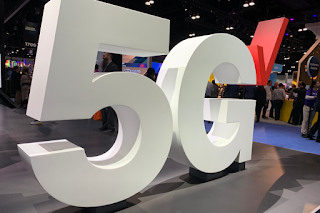SoftBank and KDDI have selected Nokiaa as one of the vendors to deploy Japan’s shared RAN.
Nokia will install a Multi-Operator Radio Access Network (MORAN), which will allow both companies to share the RAN while keeping core networks separate.

Under the deal, Nokia will supply its latest AirScale products including baseband and radio platforms. Nokia’s MORAN is triple mode and covers LTE, 5G as well as Dynamic Spectrum Sharing. In particular, Nokia will provide its new generation of ReefShark System-on-Chip based plug-in cards to increase the capacity of the AirScale baseband. The new ReefShark-powered plug-in cards are easily installed and simplify the upgrade and extended operation of all AirScale deployments. They also deliver up to eight times more throughput compared to previous generations. Nokia’s modular AirScale baseband will enable SoftBank and KDDI to scale capacity flexibly and efficiently and as their 5G business evolves.
Tomohiro Sekiwa, Senior Vice President and CNO, SoftBank, said: “In order to deliver the best 5G experience to customers nationwide as quickly as possible, SoftBank is working with KDDI to develop a shared 5G network. In this effort, a Multi-Operator Radio Access Network is a key technology that will bring various efficiencies and we look forward to the high performance of Nokia’s products in this regard.”















